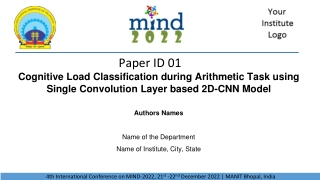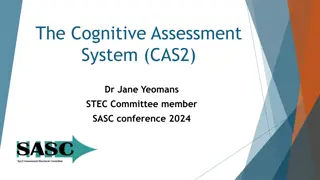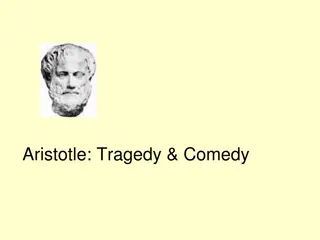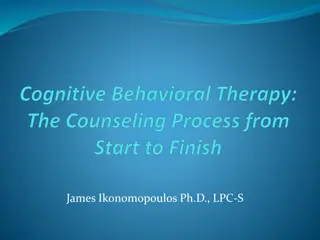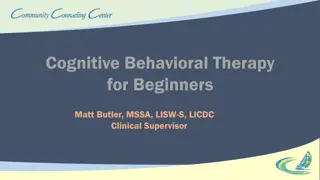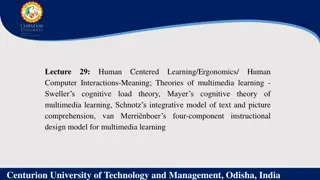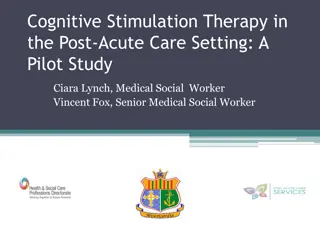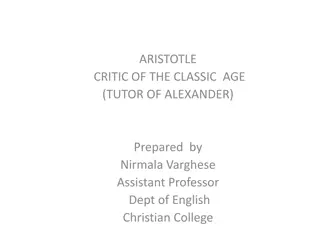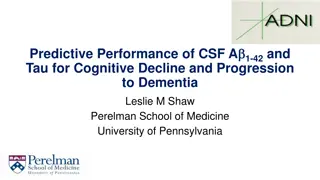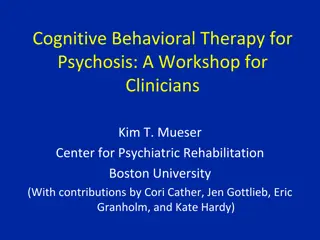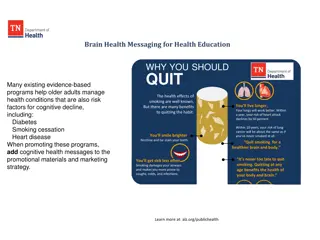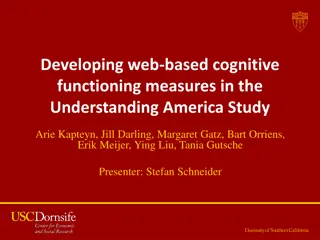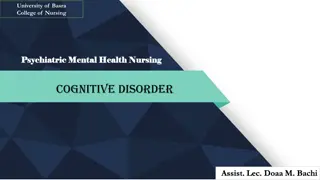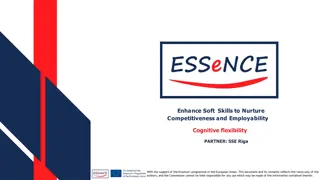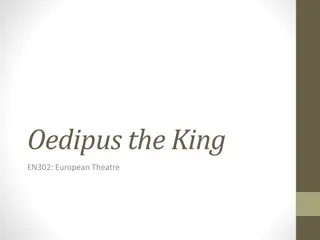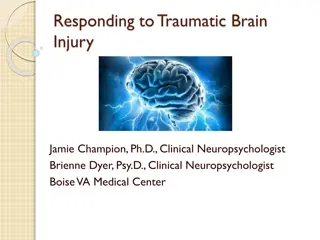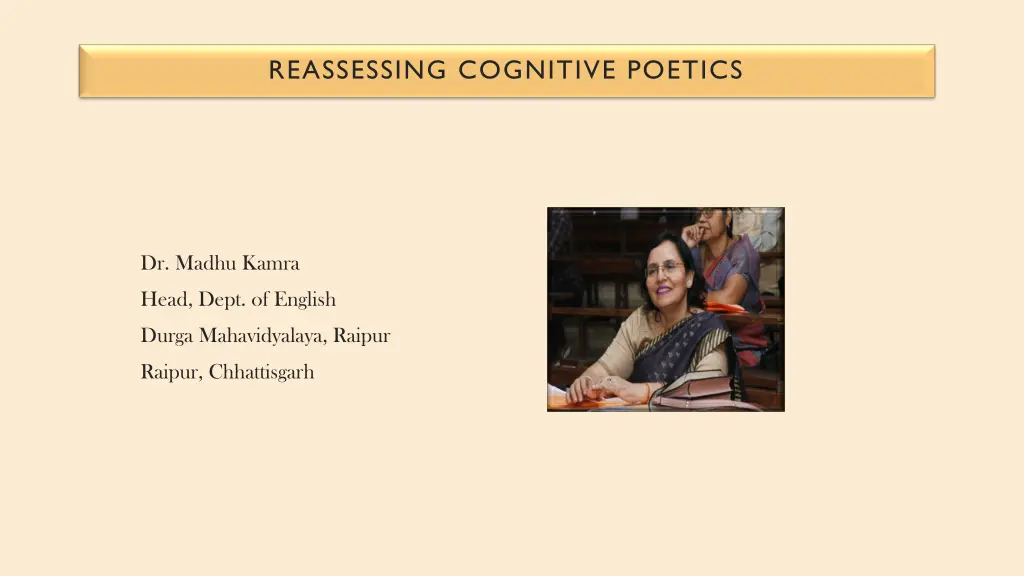
Understanding Cognitive Poetics and Textual Worlds in Literature
Explore the fascinating realm of cognitive poetics through the works of Dr. Madhu Kamra and delve into the evolution and conceptual models within this field. Discover the intricacies of textual worlds and the elements that shape them, offering a deeper understanding of language events, context, and inferential information.
Download Presentation

Please find below an Image/Link to download the presentation.
The content on the website is provided AS IS for your information and personal use only. It may not be sold, licensed, or shared on other websites without obtaining consent from the author. If you encounter any issues during the download, it is possible that the publisher has removed the file from their server.
You are allowed to download the files provided on this website for personal or commercial use, subject to the condition that they are used lawfully. All files are the property of their respective owners.
The content on the website is provided AS IS for your information and personal use only. It may not be sold, licensed, or shared on other websites without obtaining consent from the author.
E N D
Presentation Transcript
REASSESSING COGNITIVE POETICS Dr. Madhu Kamra Head, Dept. of English Durga Mahavidyalaya, Raipur Raipur, Chhattisgarh
COGNITIVE POETICS 1. A study acquiring dense foliage. 2. Originated in 1982 by the efforts of Tsur. 3. Stockwell accelerated and added to this discipline. 4. Stockwell does not recognise it as a Framework in itself.
EVOLUTION OF COGNITIVE POETICS 1. Bridges the gap between Poetics and Hermeneutics. 2. Builds a process by combining cognitive psychology to cognitive linguistics. 3. Holds distal similarity to classical Rhetoric. 4. Explores Deixis Textual World Genre Schema Script Foregrounding
CONCEPTUAL MODEL/ COGNITIVE MODEL a. Gestalt Theory To recognize and be aware of the sensation with and their environment for responding fully and reasonably wise to situations. b. Gestalt a German coinage implies a pattern or Configuration . c. Gestaltism, a school of psychology rose in Austria and Germany in early 20thCentury. Contributions to inception are Kurk Koffka, Max Wertheimer, Pritz Peris. d. Influence by Goethe, Kant to name a few.
WORLDS WITHIN THE TEXT TextualWorld is constituted of 3 worlds TheTextWorld The DiscourseWorld The SubWorld The DiscourseWorld It is the imaginary World which is conjured by a reading of the text. Helps us to understand and keep track of events. Establishes identity of a particular person with a particularWorld.
FEATURES OF TEXTUAL WORLDS 1. TextualWorld is a language event. 2. Textured with real life representations of the text and the context. 3. Text provides linguistics and inferential information. 4. Because Elements of Context are incremented during the course ofText Driveness. 5. Text World is the world created in the minds of the readers through understanding.
ELEMENTS OF TEXTUAL WORLD 1. Textual world consists of a. World building elements b. Function advancing propositions World Building elements constitute the background against which the foregrounded events will take place. World Builder are a.Time b.Location c.Characters d.Objects
Function advancers are Narrative Patterns Action/Events plot Speech acts
TEXT WORLDS AS DISCOURSE FRAMEWORK 1. Mental representations are called Text Worlds or Contextual Frames. 2. Well- suited for examining texts in complete forms (entire texts) alongwith the context instrumental in its production and interpretation 3. Text Worlds are constructed by text processors who are human beings holding knowledge, experience, motivation and feelings to negotiate a communicative encounter/event/incident. 4. Instant is a conceptual domain of understanding collaborated by the producer and the recipients. 5. Based on resources of memory and recollection.
TYPES OF DISCOURSE WORLD 1. EpistemicWorld 2. SpeculativeWorld 3. IntentionWorld 4. WishWorld 5. ObligationWorld 6. FantasyWorld
MEASURING DIMENSIONS OF DISCOURSE WORLD 1. Accessibility of objects: a.Properties b.Inventory 2. Accessibility ofTime 3. Accessibility of Nature 4. Accessibility of Language
SUB WORLD AND TYPES SubWorld Sub world are short timed worlds within the discourse world orText world. Types of SubWorld Desire Attitude Purpose Epistemic
SCHEMA AND SCRIPT Schema - our background knowledge for understanding. E.g.,Schema for pen/ Sword schema for dog/ owl. Schemata the units of knowledge about everything we experience. Three Schemas World Schema Text Schema Language Schema Schema evolves through Accretion Adding new facts. Turning Modification of facts within schema Reconstructing Creating of new Schemas
MENTAL SPACE AND TYPES Helps in the comprehension of the story real/unreal/happening. Four types of Mental space: Time Spaces Current, Future or Past. Space Spaces Geographical or Locative Domain Spaces - Area of Doing/ working Hypothetical Spaces a. Conditional Situation b. Unrealised Possibilities
ACTION CHAIN - DEFINED 1. The roles that different participants (People, animal, machine or airy agents) play are based on Role Archetypes. 2. Roles constitute action to construct Thematic Relationships. Zero - Agent Patient Instrument Experience Mover Absolute Theme
ACTION CHAIN - DESCRIBED Modifier Summarily Existential details Scanning Stative Propositional Phrases Roles Agent Kinetic Patient Sequential Instrument Scanning Experiencer Mover a. Summarily Scanning: There is a mango on the left big branch. b. Sequential Scanning: He plucked the mango from the left big branch.
CONCEPTUAL METAPHOR 1. A blend of two domains: a. A source domain b. A Target domain a. Source domain is the Conceptual Domain Bed for the coining of Metaphorical expressions. b. Target domain is the domain We Try to understand . E.g. She(target or Vehicle) is a rose(Tenor or Source). 2. Relatively, Metaphors are not a matter of language but a matter of thought (For details follow lakoff and Johnson Metaphors we live by.(1987))
PROCESSING METAPHOR-MAPPING Internal Characteristics: Clarity Clarity is a feature Richness Loading of Predicate relation Systemacity Coherence Abstractedness Level of generality External Characteristics: Scope Wide scope. How many targets? Validity Accurate placement
READING PROCESS 1. Reading is a two - way process Decomposition Split of the object into separate subjects or attributes. Recognition An overall assessment of the literary text in its entirety. 2. Interpretations are finalized Salient attributes are picked out for attention and prominence. 3. Neglect of redundancy
PRACTICE LESSON Crossing The Bar 1. Sunset and evening star And one clear call to me! And may there be no moaning of the bar. When I put out to sea, But such a tide as moving seems asleep 2. Too full for sound and foam when that which drew from out the boundless deep Turns again home.
PRACTICE LESSON 3. Twilight and Evening bell, And after that the dark? And may there be no sadness of farewell, When I embark; 4. For tho from out our bourne of Time and Place. The Flood may bean me far, I hope to see my pilot face to face. When I have crost the bar. Key points a. Time and Place Principle of proximity b. Bourne Principle of Similarity c. Flood and far Principle of closure d. Pilot Principle of Continuation e. Crost the bar- Principle of Functionality
WHY COGNITIVE POETICS? Aims at reuniting the academic with the everyday. Intends to impressionistically capture the aesthetic texture of emotional experience. Gives analytical dimension to personal responses. Upholds the dicta Reading is a journey within too .
WHAT MORE TO READ Br ne Geert. Vandaele Jeroen. Cognitive Poetics: Goals, Gains and Gaps.Walter de Gruyter, 2009 Browse Sam.Cognitive Rhetoric: The Cognitive poetics of political discourse. John Benjamins, 2018 Stockwell Peter.Cognitive Poetics: An Introduction. New York: Routledge, 2005 Tsur Reuven.Toward a Theory of Cognitive Poetics. Amsterdam: Elsevier, 1992

